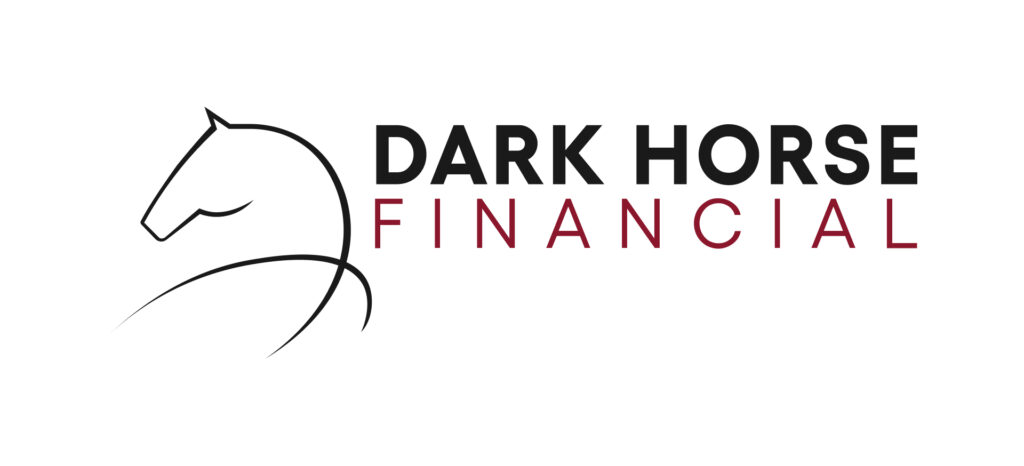Debt can be a powerful tool for business growth, but it’s crucial to understand how it works, how much debt a small business should have, and what type of debt is most beneficial. It’s a balancing act between leveraging growth opportunities and maintaining financial health. While too much debt or the wrong kind can be financially damaging, the right level of debt can be advantageous. In this blog, we aim to provide some insights into effective debt management for small businesses.
Key Takeaways of Calculating & Managing Small Business Debts
| Key Points | Description |
|---|---|
|
Raising Business Capital Through Equity & Debt Financing
|
To raise capital for business needs, small companies primarily have two types of financing as an option: equity financing and debt financing. Equity financing involves selling company equity to investors, while debt financing means borrowing funds to be repaid with interest.
|
|
How Much Debt Should a Small Business Have?
|
The appropriate debt level varies and is influenced by factors like repayment ability and income stability. Key ratios like Debt-to-Assets and Debt-Service Coverage help assess suitable debt levels.
|
|
What is the Right Type of Debt for Your Business?
|
The ideal debt type depends on factors like financial standing and business model. Options include unsecured business loans, secured business loans and asset-based finance, each with unique benefits. |
|
How Much Debt Is Too Much Debt for a Company?
|
Excessive debt indicators include consistent payment strugglesl. Balancing debt is crucial to avoid negative hits on credit ratings and cash flow.
|
|
Tips for Managing Small Business Debts
|
Effective debt management involves categorising debts, renegotiating loan terms, exploring alternative payment plans, and considering refinancing options.
|
Raising Business Capital Through Equity & Debt Financing
To raise capital for business needs, small companies primarily have two types of financing as an option: equity financing and debt financing. Let’s differentiate the two before answering the question: how much debt should a small business have?
Equity financing involves selling a portion of a company’s equity to investors. While this method doesn’t require fixed repayments, investors gain a share in the profits. Typically, equity financing is provided by founders, family and friends in the early stages. As the business grows, it may attract additional investors, especially if rapid growth is anticipated and more equity can accelerate expansion.
On the other hand, debt financing is borrowing money from a bank or lender, either secured or unsecured, and repaying it with interest. Unlike equity financing, the lender doesn’t gain an ownership interest in the business. This type of financing is crucial for companies that need funds beyond what equity can provide.
For new businesses, initial setup costs and negative cash flow are often financed through equity capital, primarily from the founder’s resources. While some businesses can grow significantly using only equity financing, most require debt financing for fixed assets like equipment before achieving positive cash flow. Debt financing then becomes essential for businesses to scale and meet operational needs.
So, How Much Debt Should a Small Business Have?
Many successful and cash-rich companies utilise debt as part of their funding strategy. Small businesses can follow suit; the key to success is using debt appropriately & considering factors like borrowing costs and potential tax benefits.
The suitable amount of debt for a small business varies, depending on several factors, including the ability to repay the debt and the stability of income. However, small companies can use two critical ratios to help assess their business’s appropriate debt level: the Debt-to-Assets Ratio and the Debt-Service Coverage Ratio.
The Debt-to-Assets Ratio, calculated by dividing total funded debt by total assets, shows how much of the business is financed by debt. A lower ratio often means there may be room to acquire more debt to leverage growth opportunities.
On the other hand, the Debt-Service Coverage Ratio is the earnings before interest and tax divided by interest expenses. It measures your company’s ability to service existing debt. A higher ratio suggests a better capacity to manage more debt.

What Is the Right Type of Debt for Your Business?
To calculate the two critical debt ratios mentioned above and maximise the opportunity of getting good debts, you need to be aware of the types of debt financing available for businesses. Here are some of them:

Unsecured Business Loans
Unsecured business loans are a form of cash flow lending solution not secured by working capital or any other assets. These loans can be more costly than other financing solutions due to the higher risk they pose to lenders, but they can be more accessible. Business owners who don’t have properties (or assets under their spouses’ names) or prefer not to use business assets as security can access unsecured loans.

Secured Business Loans
Secured business loans, including private loans, are typically backed by commercial or residential property with a value that’s equal to or greater than the loan. Offering security generally results in lower interest rates and overall borrowing costs compared to unsecured loans, as the risk of non-repayment is reduced.

Asset-Based Finance
Asset-based finance falls between unsecured loans and real estate-backed loans, using business-owned assets as loan security. The primary forms of asset-based loans available for small businesses include invoice finance and equipment finance. This type of financing is ideal for businesses looking to match loans with specific uses, such as purchasing long-term equipment, paying suppliers in international trade or increasing working capital without using personal property as security.
How Much Debt Is Too Much Debt for a Company?
There’s no straightforward answer when determining the threshold for excessive business debt, as it varies based on the type of debt and the nature of the business. However, some indicators can signal when a business might be carrying too much debt. For example, if a business consistently struggles with payments or exhausts its cash before month-end, these are signs of excessive debt.
While debt can be a useful tool for business growth, it’s important to recognise when it becomes detrimental. Excessive debt can lead to high interest rates, negatively impact credit ratings and adversely affect your business’s cash flow. Consider your growing company’s financial stability before taking on additional debt.
Tips for Managing Small Business Debts
How much debt should a small business carry? While the suitable debt amount varies, proper debt management is key to ensuring that debt remains a beneficial tool rather than a financial burden. This involves a thorough understanding of the business’s financial situation, including calculating the critical debt ratios mentioned above. Also, here are some tips that can help you manage small business debts:

Categorise your small business debts.
Not all debts are equal; some require more immediate attention than others. High-interest debts, such as credit card debts, should be prioritised over small business financing loans with lower interest rates. Payroll obligations often take precedence since employees are essential for business operations. It’s important to clear payroll debts before addressing payments to suppliers and creditors.

Consider renegotiating loan terms.
Businesses can approach their banks and lenders to renegotiate existing business loan terms. Long-standing customers may find banks willing to lower interest rates or restructure monthly payments, easing the debt burden.

Explore alternative payment plans.
If monthly loan instalments become challenging, discussing alternative payment plans with creditors can be beneficial. Demonstrating a viable payment plan can encourage creditors to be more accommodating, as they also stand to lose if the business defaults on the loan.

Try refinancing business debts.
Refinancing can be a viable option for small business debt restructuring when other strategies are not suitable. Refinancing consolidates multiple debts into a single loan, potentially with a lower interest rate, simplifying debt management and potentially saving money over the loan’s lifespan.
Contact Dark Horse Financial Today
When used responsibly, debt can help your small business grow and thrive. At darkhorsefinancial.com.au, we understand the unique challenges & opportunities that come with small business financing. Our team of experts is dedicated to providing tailored financing solutions that align perfectly with your business goals and needs.
Whether you’re looking to consolidate debts, seeking to expand your operations or aiming to stabilise your cash flow, we’re here to guide you. We’ll introduce you to a range of small business financing options designed to offer you the flexibility and support you need to thrive in today’s competitive market.



